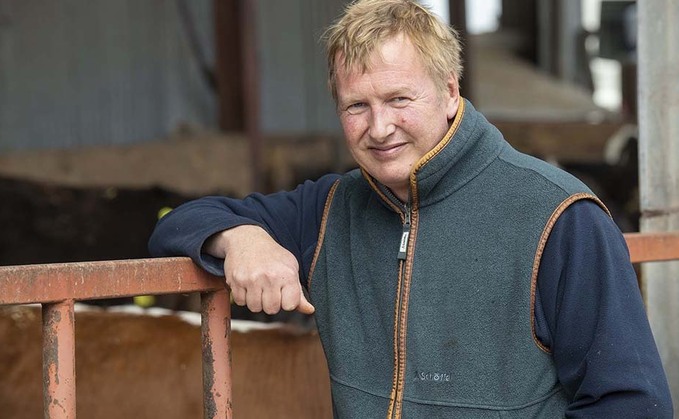
By switching to native breeds of beef cattle and grazing them throughout the summer, James Hawkins and his family can focus on the busy periods of their extensive range of other enterprises. Hannah Noble...

By switching to native breeds of beef cattle and grazing them throughout the summer, James Hawkins and his family can focus on the busy periods of their extensive range of other enterprises. Hannah Noble...